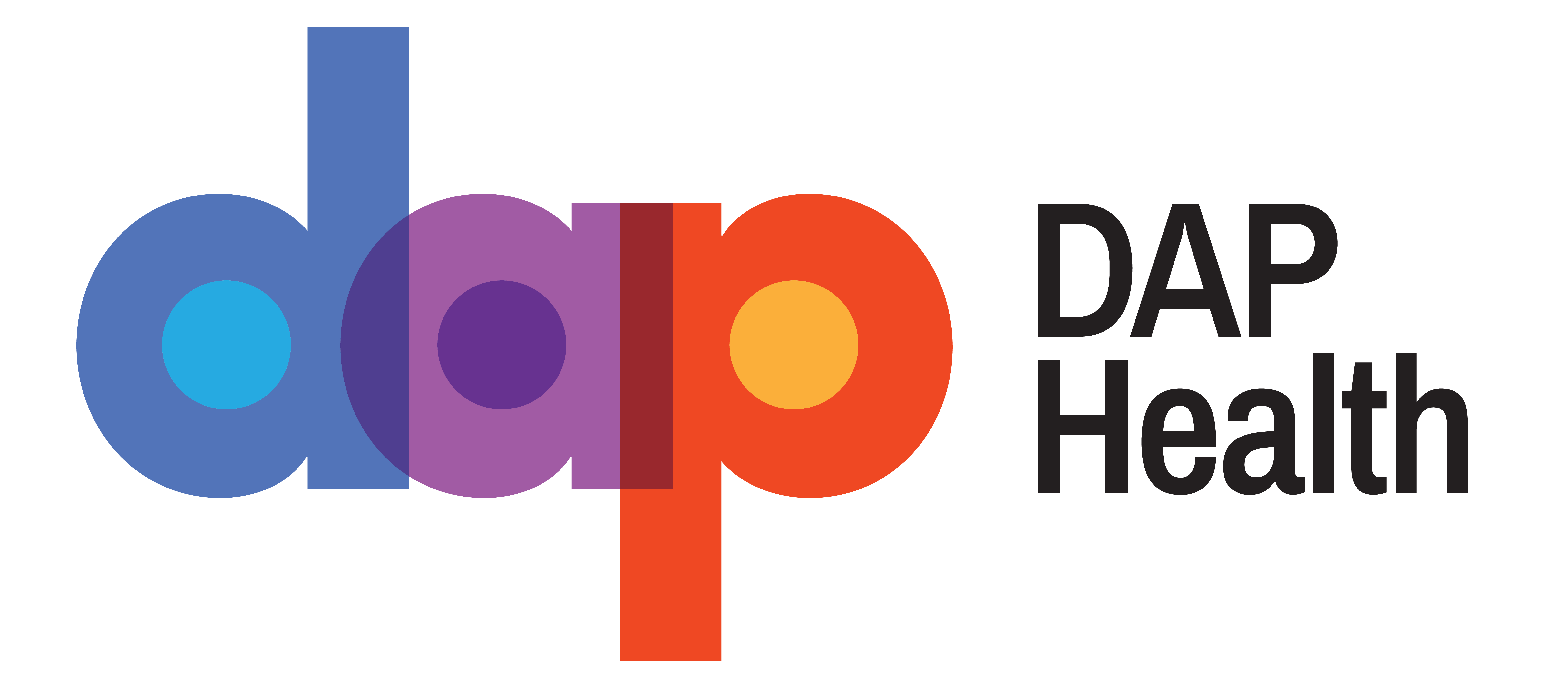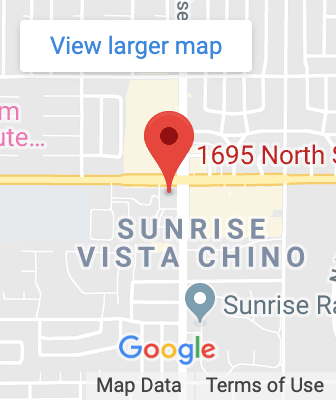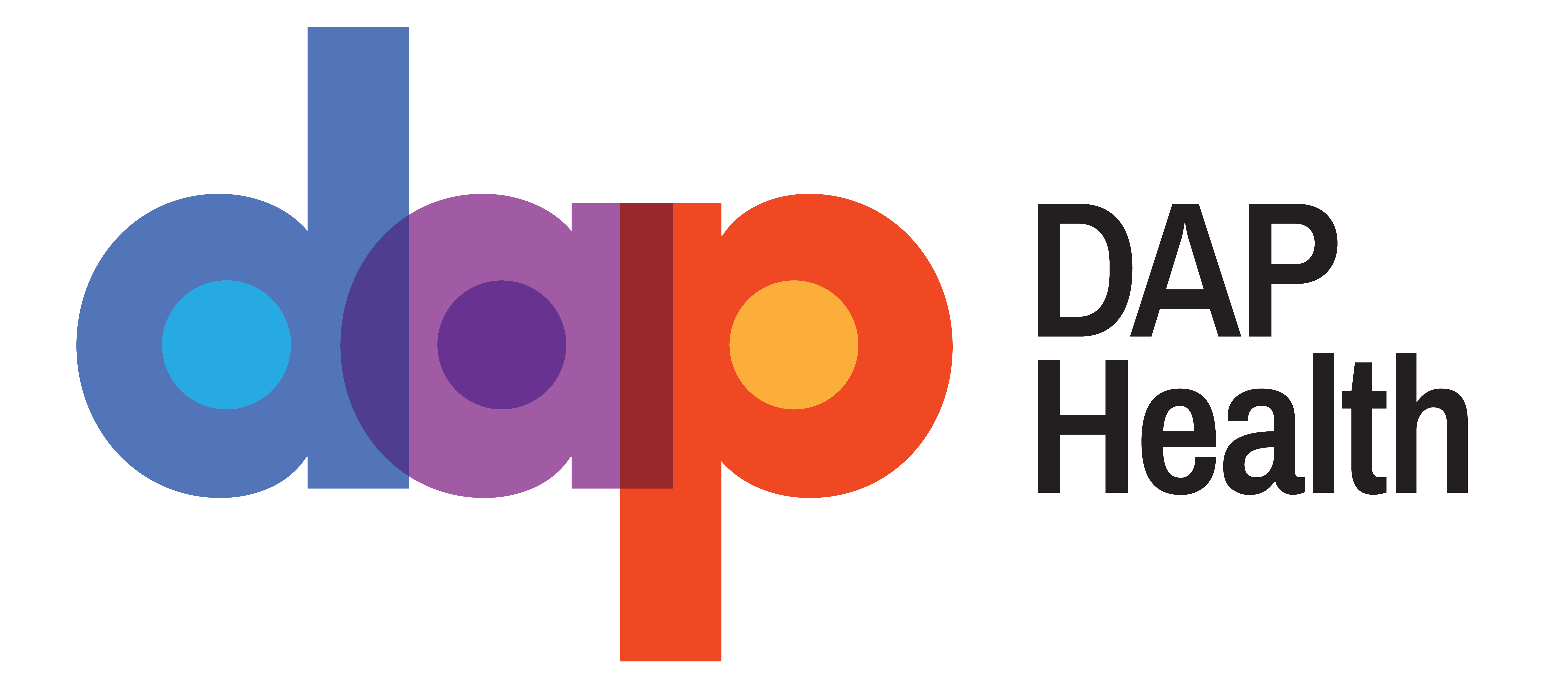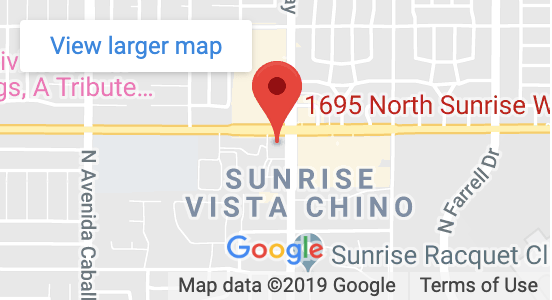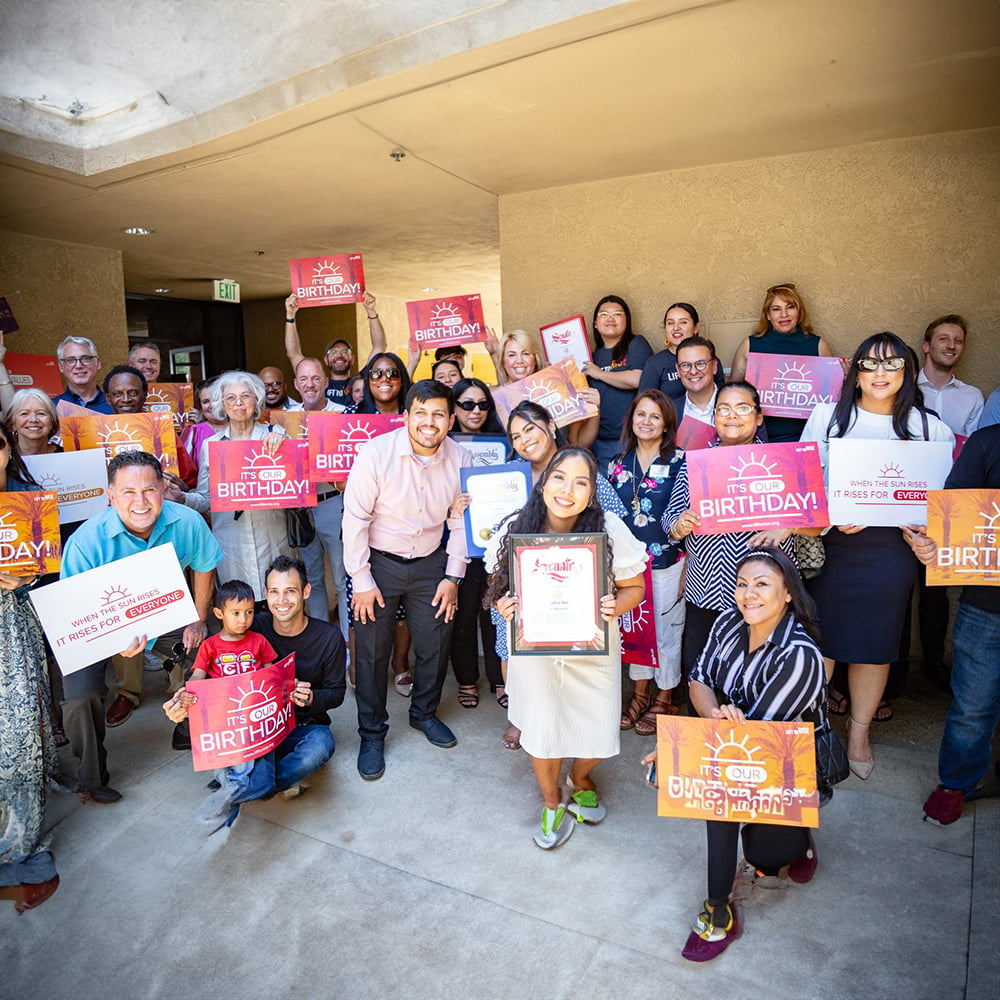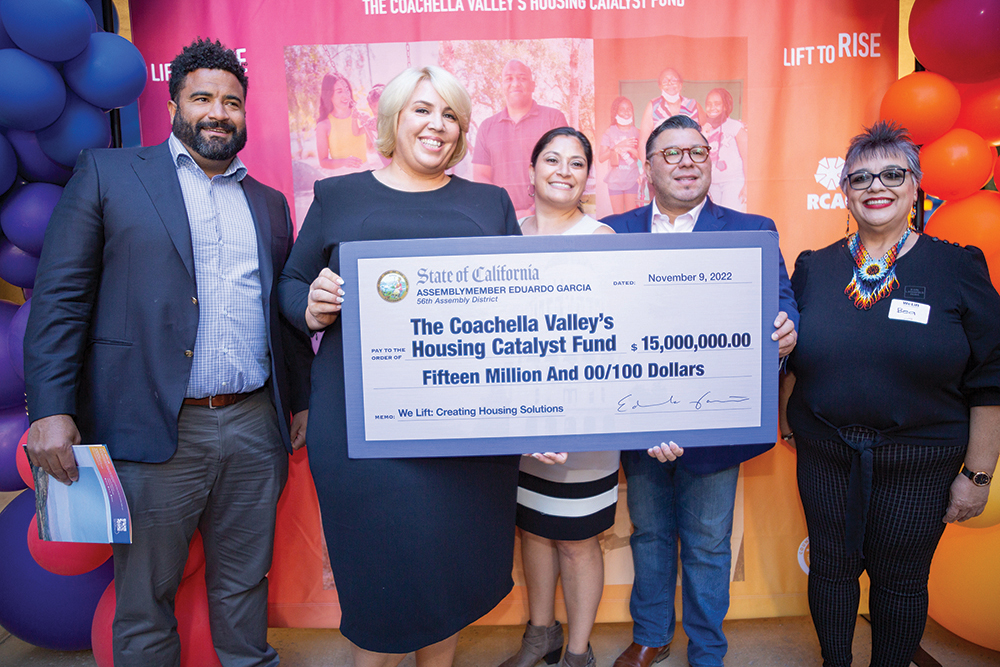
Imagine
Lift to Rise is partnering with DAP Health and others to erase desert homelessness.
As seen in Issue 4 of DAP Health magazine
Words by Kay Kudukis • Photos by Noé Montes for Lift to Rise
Collective impact: a network of community members, organizations, and institutions advancing equity by learning, aligning, and integrating actions to achieve systems-level change.
Even before 2011, when the term was first coined in a paper published in the Stanford Social Innovation, Heather Vaikona had been putting “collective impact” into practice in England, networking organizations to get behind a common cause to drive toward something.
In 2014, having returned from overseas and serving as the resource development director for United Way of the Desert, Vaikona was invited to an investor meeting. “The significant amount that all local funders were investing in was FIND Food Bank,” Vaikona says, which sounded fantastic until data showed food insecurity was still a thing. It was a symptom of something bigger. “Folks said, ‘What would it mean if we formed a coalition to try to tackle the root cause issues?’ Everyone in the room said, ‘Yeah, you figure it out, and come back and tell us.’”
Vaikona hit the road, lifted the hood at all the existing coalitions, and listened. “I heard loud and clear the importance of having an academic data partner using a results framework.”
Enter USC Professor Gary Painter, a leading economist who prompted Vaikona and FIND Food Bank to successfully apply for a $500,000 grant from Feeding America on behalf of FIND. “We did a valley-wide needs assessment between 2015 and 2016,” she says. “Gary did quantitative data analysis: If we were to move one or two or three indicators, what would radically shift conditions for all residents? And then qualitatively, we asked 1,500 residents to identify their biggest obstacle to economic stability and it was overwhelming. Everyone said ‘housing.’” The data matched.
The Coachella Valley’s number one industry, with a whopping $7.1 billion dollars (2022) is, not surprisingly, tourism. The number-two industry surprises some: Agriculture brings in $600 million annually. That means the valley is home to thousands of hospitality and farmworkers, many undocumented.
Statistics show that 40% of the Coachella Valley’s workforce is employed in hospitality and service sector jobs that pay between $15,000 and $33,000 annually. The average one-bedroom apartment in Palm Springs currently averages $1,822. That’s $21,864 per year. On the lower income end, it’s a non-starter; on the high end, factor in utilities, food and household goods, car, phone, and gas expenses, and you’re in the red.
Affordability is an extraordinarily civilized word used to define a crisis in America resulting in 600,000 homeless Americans, which increased since 2022 by 11%.
It was already a problem in 2018 when Lift to Rise, the low-income investment fund founded by now CEO Heather Vaikona, was born. Its mission? To build 10,000 affordable homes in the Coachella Valley by 2028.
And then, COVID-19 hit.
DAP Health Care Coordinator Specialist Regional Coordinator Veronica Garcia grew up in Coachella as one of six kids raised by a single mom who worked as a farmworker and at a citrus-packing plant. Weeks into the pandemic, people she knew socially were coming in, scared of facing homelessness. “In the beginning, there was no work, and if there was, they didn’t hire as many farmworkers,” she says. “It was really hard on the East Valley.”
Garcia gets emotional describing the impact Lift to Rise had on her community after the org showed up at one of her staff meetings to share details about its United Lift Rental Assistance Program.
Vaikona explains why: “We deployed emergency cash assistance to 5,000 folks and beyond, and the great thing about that is we got to see everyone’s applications and analyze the data. More than half said they weren’t going to be able to pay their rent. We already had this rock-solid partnership with Riverside County, and honestly, the Riverside County Board of Supervisors does not get enough credit. They made the largest allocation of Cares Act funding in the country to build what became our United Lift Rental Assistance Program.”
The balance in Lift to Rise’s PayPal account — linked to a donation button on the org’s website, which rarely got any action — suddenly ballooned by $100,000 in two hours. Vaikona and her team had no idea what was going on until an excited phone call from a colleague announced that Lift to Rise had just been featured on PBS Newshour. At the end of the day, a small army of like-minded Americans had independently donated $600,000.
Last year, Lift to Rise received the California Nonprofit of the Year Award and, along with other organizations, partnered with DAP Health and Coachella Valley Housing Coalition to fund a 61-unit affordable complex called Vista Sunrise II, currently being built on DAP Health’s Sunrise campus in Palm Springs. It will house those with chronic illnesses who are facing homelessness, and residency will include health care services provided by DAP Health.
By its fifth birthday, Lift to Rise had plenty to celebrate. Here’s its highlight reel:
Due to its advocacy, Governor Newsom created a $600 million kitty, made catalyst funds eligible, and Vaikona expects they’ll be capitalized with at least $40 million by 2024.
We Lift — its housing catalyst fund in partnership with Riverside County, Rural Community Assistance Program, Low Income Investment Fund (LiiF), and 70 community partners — has funded seven projects totaling 500+ affordable housing units, and has deployed $3.5 million in loans, with 1,600 units under construction.
Its Resident Leadership Table, comprised of 14 community leaders, is dedicated to Lift to Rise’s mission.
Its Collaborative Action Network, made up of more than 60 partners, sets strategic pathways to housing security through economic mobility.
As impressive as that is, Vaikona will not go gently into that good night, resting on laurels. She expresses a viewpoint that leaves those conflating altruism with economic challenges rather … uncomfortable.
“We don’t have a resource problem when it comes to homelessness. We have a value problem [relating to] how we view those who are unhoused,” she says. “Our economy is based on significantly underpaid labor. In that way, the economy is exploitative. It is not Mother Nature, something we have no control over; it’s a complex set of individual behaviors and choices and transactions.” If someone told them to build three million houses right now, Vaikona says they could do it if it weren’t for all of the barriers imposed by people.
And here’s the most difficult pill to swallow, according to Vaikona: “It’s really ‘Who do we love?’ and frankly, ‘Who don’t we love, and why?’ If we love people, we will go to the wall to ensure their care. It’s a real existential question: What does it mean to be alive on planet Earth? Why am I here? And what do I owe my fellow human? We’re holding structures and mental models about who is deserving and not deserving of support and care. We could solve all of our problems very quickly if we operated from a different value system. I think we have to step back and look at our obligation to each other. We can choose to build a radically different future than the one that we live in.”
Imagine all the people, living life in peace.
~ John Lennon & Yoko Ono.
Caption: Above: Lift to Rise received a $15 million allocation from the state budget to go into We Lift: The Coachella Valley’s Housing Catalyst Fund to encourage affordable housing development. Pictured from left to right are Lift to Rise board member Matt Horton, Lift to Rise President and CEO Heather Vaikona, Lift to Rise board member Nadia Villagrán, Assemblymember Eduardo Garcia, and Lift to Rise board member Bea Gonzalez. Right: Lift to Rise celebrated its firth birthday in July.
